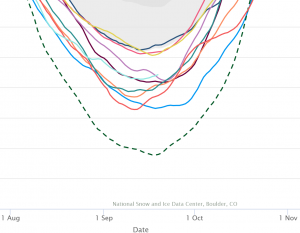The 2017 General election in New Zealand was on 23rd September; and the final result, including all “special” votes was announced on 7th October. The parties involved announced the coalition / cooperation agreements to form a Labour-led government on 19th October, with the Labour / New Zealand First and Labour / Green agreements being signed and released on 24th October. That is eighteen (18) days from the final result being known to the formation of a new government. This is in stark [and favourable] contrast to Germany where elections were held on 25th September and agreement on the next coalition government is not expected before Christmas. I assume that is Christmas 2017, though Belgium managed to take 541 days to form a government in 2010/11.
However, it is not clear what policies have been agreed. The agreement documents between and labour and NZ First, and Labour and Greens, specify those policies of NZ First and Greens that will be pursued by the new government in addition to Labour’s policies. There is only one Labour policy that has been dropped, water charges for farmers, as specified in the agreement with NZ First. This cannot be true!
There are significant spending commitments in these agreements. For instance; the agreement with NZ First includes a NZ$1BN pa regional development fund, and a NZ$20 per hour minimum wage (which the government will be paying many of its employees directly and contractors indirectly). The Green agreement has expensive commitments on housing and mental health. The money cannot be there for the entire Labour program (less the revenue that would have come from the water charges for farmers) and the additional policies from NZ First and Greens.
There is, of course, the wrinkle that we do not actually know what the Labour policies are. They never issued a manifesto, in common with the other parties. We are supposed to make what we can of; their website, the alternative budget they issued during the campaign, and various speeches, post, tweets and interviews. Remembering that they made significant changes even after advanced voting had begun, most notably by withdrawing a policy to implement the outcome of a review on capital gains tax before the next general election.
Does this matter? Maybe not, as there will have to be a budget in due course. However, The Labour, NZ First and Greens have raised expectations in a way that cannot be met. Even more so than is normal in the democratic process. Electorates around the world are becoming much more demanding, in a way that the established liberal elites are not handling well. Maybe that process just accelerated in New Zealand.
